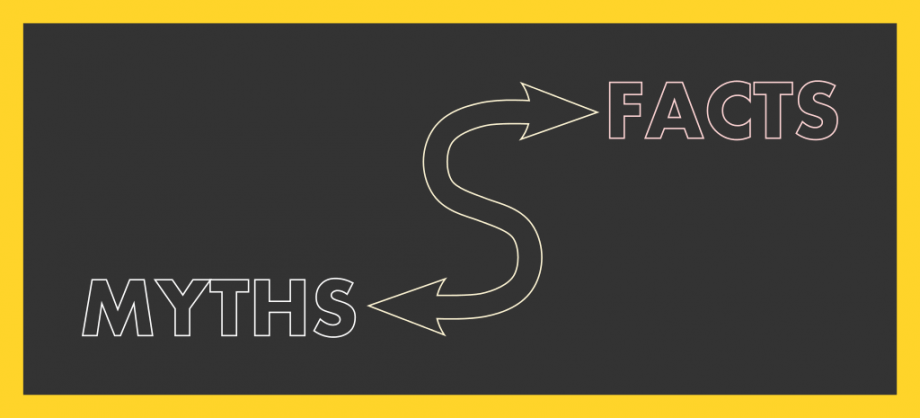By Dr. James Pastore, Endodontist
For many people, a root canal can cause feelings of anxiety and fear. Root canals have the stigma of being painful, lengthy procedures that can be quite uncomfortable to endure. This post will address some of the common misconceptions about root canals to ease your concerns.
Myth #1: Root canals hurt … right?
About two-thirds of Americans cite fear of pain as the major concern relating to a root canal. However, with modern techniques for local anesthesia (like Novocaine), root canals are mostly painless procedures, similar to what you would feel with a dental filling. Additionally, endodontists have expertise in managing tooth pain and can generally mitigate severe pain swiftly.
Myth #2: I can’t have a root canal when I have an infection.
Actually, when you are experiencing pain from an infected tooth, is appropriate to have a root canal. The root canal will often relieve the pain you are experiencing from the infected tooth. Root canal treatment is necessary when damage to the tooth has penetrated the outer layers of enamel and the pulp of a tooth (which includes nerves) has become inflamed or infected. Left untreated, the infection will only get worse.
Myth #3: Root canals can make you sick.
There is a lot of misinformation on the internet discussing how a root canal can cause illness or make it easier to get sick in the future. According to the American Association of Endodontists, this claim is based on a century-old poorly designed research study that has long been debunked. There has been no scientific evidence linking root canal treatment with the development of disease in other parts of the body.
Myth #4: Root canals require multiple long appointments.
With modern techniques, most root canals can be performed in a single visit of 60 to 90 minutes. While some root canals do require two appointments, this occurs in specific cases based on the type and severity of the infection present. To improve efficiency for patients and minimize the need for multiple visits to different offices, we have added an endodontist to our team.
Myth #5: It’s better to pull your tooth than get a root canal.
It’s inadvisable to simply extract an infected tooth without replacing it with an implant because your remaining teeth will shift and your bite could be affected.
When possible, the best solution is always to save your natural tooth. Root canal treatment has a high success rate, and most will last a lifetime. Extracting and replacing your natural tooth with an implant (while highly successful), typically requires more time, treatment, expense? and further procedures.
Myth #6: A root canal removes the roots of the tooth.
When a root canal is performed, the dentist will remove the infected or inflamed tissue within the crown and inside the roots, called the pulp, along with the tooth’s nerve. The roots themselves are left in place. Because they anchor your teeth to your jawbone, it is important to leave the roots intact.
Myth #7: I don’t need a root canal because I don’t have a toothache.
Teeth that need root canals do not always cause pain. Sometimes, teeth are infected and the body has created ways to deal with the pain. Your dentist or endodontist can detect when a root canal is needed, either before teeth become painful, or when a non-painful, yet chronic infection Is present.
Myth #8: Once my root canal is done, my tooth is fixed.
The root canal is only the first part of returning your tooth to health. After a root canal, the tooth receives a temporary filling. A permanent restoration is needed once the temporary filling has been in place for two to three weeks. We can explain the alternatives for a permanent restoration after the root canal. While a crown is the most common solution, a porcelain onlay is a safe alternative that preserves more of your natural tooth structure.
To improve efficiency for our patients undergoing root canals, endodontist James Pastore is in our office on Fridays. Please feel free to contact us with any questions.
Contact UsRoot Canals After-Care Instructions

